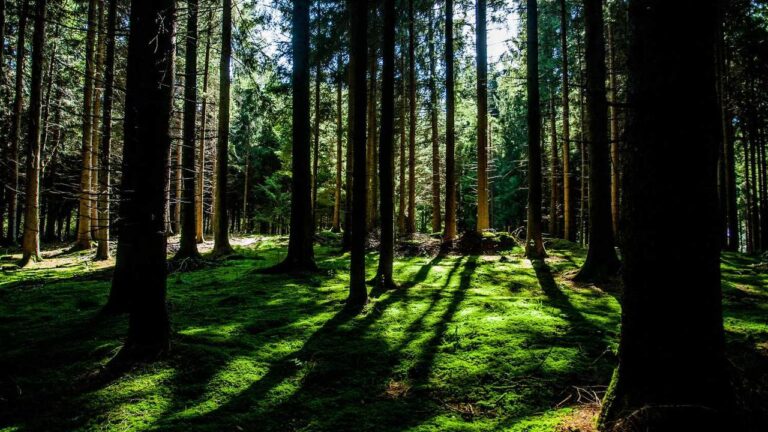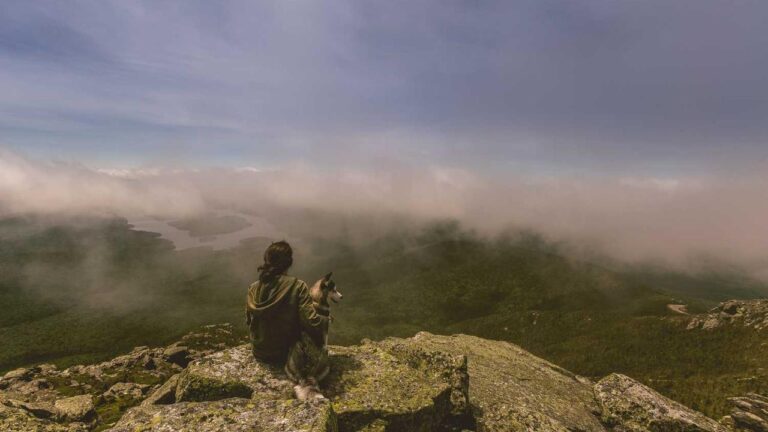Urban Exploration: Rediscovering Cities Through Local Perspectives
Urban exploration, known as urbex, stemmed from a curiosity for abandoned and overlooked spaces. The origins of this activity can be traced back to the late 1970s and early 1980s, when a group of individuals began to venture into neglected buildings and industrial sites. Driven by a desire to discover hidden gems and capture the essence of derelict spaces, urban explorers started documenting their expeditions through photographs and writings.
Over time, the practice of urban exploration gained momentum and spread across the globe, attracting enthusiasts from diverse backgrounds. As the urban landscape continued to evolve, urbexers adapted their pursuits to include not only abandoned buildings but also infrastructure such as tunnels, bridges, and underground spaces. This shift towards exploring various urban environments has contributed to the rich tapestry that defines the history of urban exploration.
Understanding the Motivations Behind Urban Exploration
Urban exploration, also known as urbex, attracts a diverse group of individuals passionate about uncovering the hidden secrets of abandoned and forgotten places. These explorers are often driven by a sense of curiosity and a desire to experience the thrill of discovery. The allure of exploring derelict buildings, underground tunnels, and other off-limits locations provides a sense of adventure and excitement that cannot be replicated in more conventional forms of recreation. For many urban explorers, the challenge of navigating through decaying structures and encountering the traces of human history offers a unique and rewarding experience.
Additionally, the urge to document and photograph these overlooked spaces plays a significant role in motivating urban explorers. Capturing the beauty of decay and the haunting ambiance of abandoned locations allows them to preserve these fleeting moments in time and share their findings with a wider audience. The visual storytelling aspect of urbex not only serves as a means of personal expression but also contributes to the larger urban exploration community, fostering a sense of camaraderie among like-minded individuals who share a passion for unearthing the past.
The Impact of Urban Exploration on Local Communities
Urban exploration can have both positive and negative effects on local communities. On one hand, it can attract tourists and bring attention to forgotten or overlooked areas. This can lead to increased economic activity as visitors frequent local businesses such as restaurants and shops in the surrounding area.
Conversely, urban exploration can also lead to vandalism, trespassing, and an overall negative impact on the community. Buildings and structures may be damaged or defaced, creating an eyesore for residents and potentially devaluing the neighborhood. Additionally, an influx of explorers can disrupt the peace and privacy of those who call the area home.
What is urban exploration?
Urban exploration is the act of exploring abandoned or off-limits urban areas, such as abandoned buildings, tunnels, and other structures.
What are the motivations behind urban exploration?
The motivations behind urban exploration can vary, but some common reasons include a sense of adventure, curiosity, historical interest, and the desire to document and photograph unique locations.
How does urban exploration impact local communities?
Urban exploration can have both positive and negative impacts on local communities. Some positive impacts include increased tourism and interest in the history of the area. However, it can also lead to safety concerns, vandalism, and trespassing on private property.
Is urban exploration legal?
The legality of urban exploration varies depending on the location and the specific activities involved. It is important for urban explorers to research and understand the laws and regulations of the area they are exploring.
How can local communities benefit from urban exploration?
Local communities can benefit from urban exploration through increased tourism, preservation of historical sites, and the opportunity to showcase unique and interesting locations to a wider audience.




